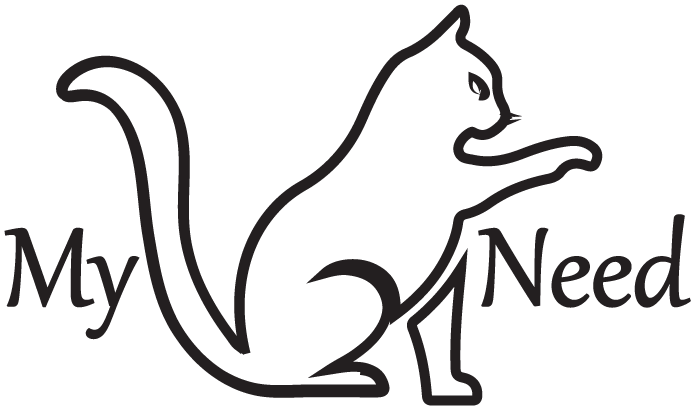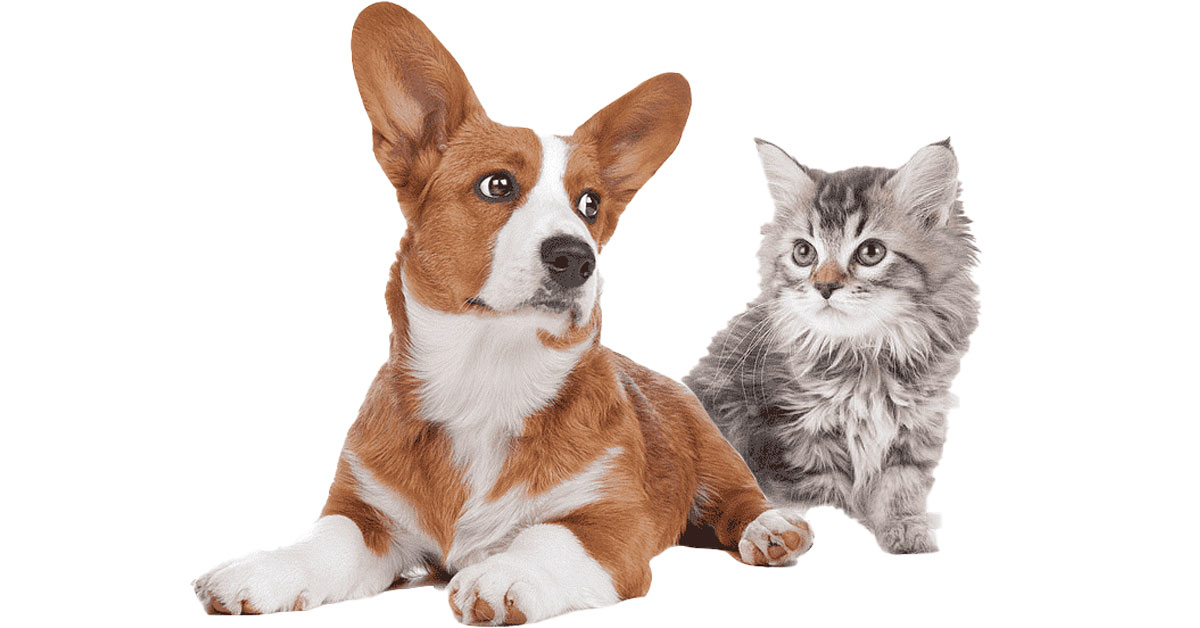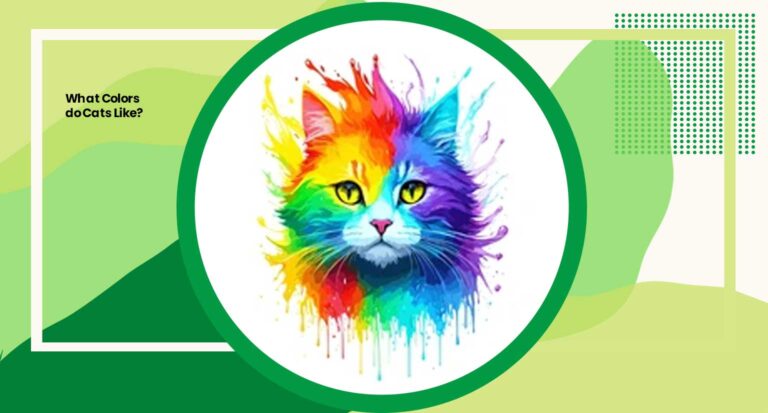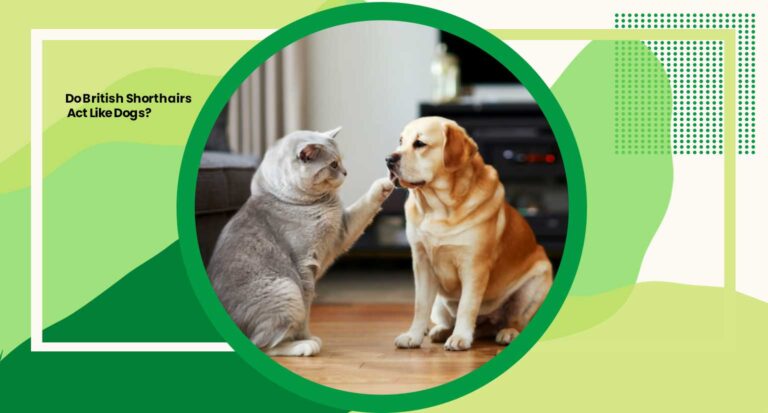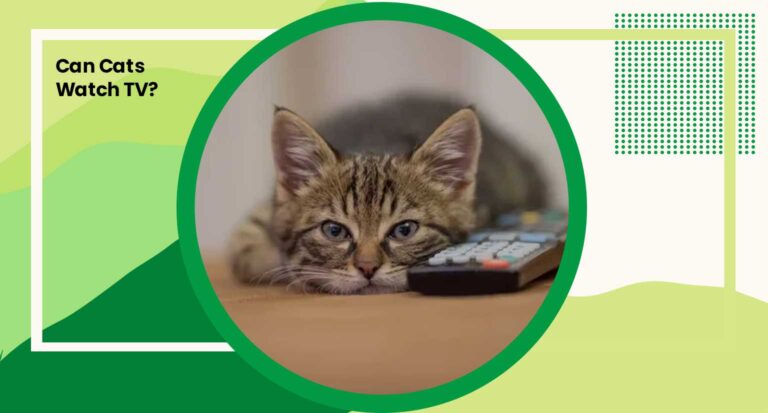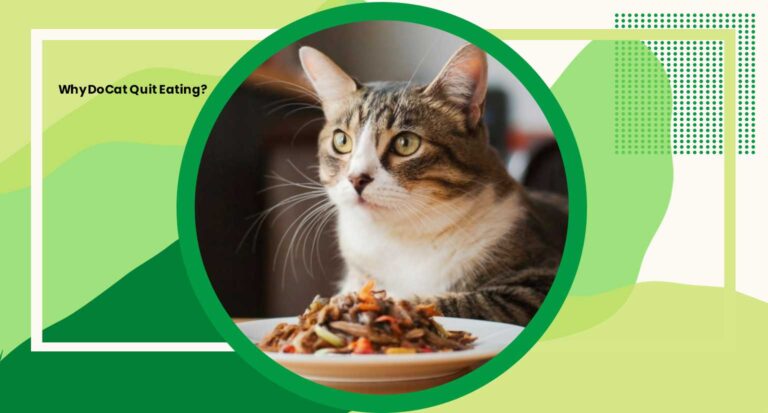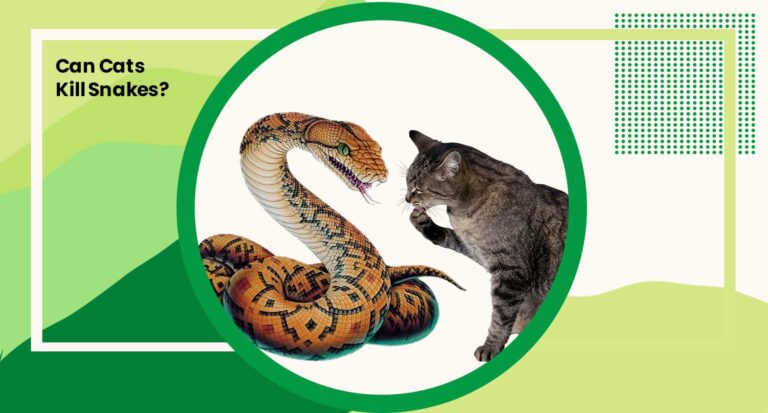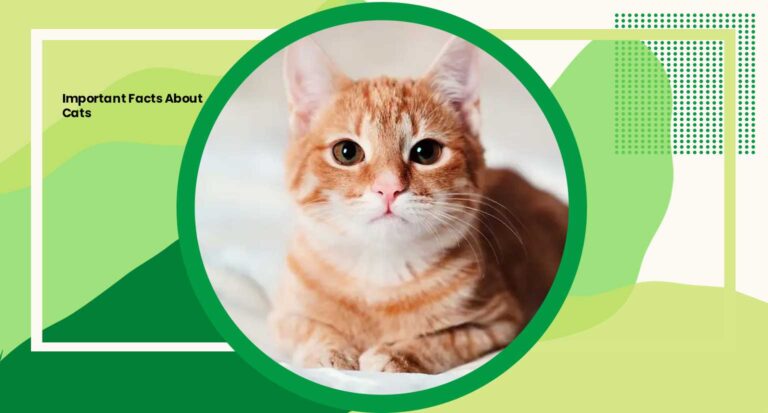Are Corgis Good With Cats? 7 Reasons They’re Perfect Companions
If you’ve ever seen a Pembroke Welsh Corgi or a Cardigan Welsh Corgi in action, you know that these little dogs are full of energy and intelligence. But if you’re considering adding a feline friend to your family, you may wonder, “Are corgis good with cats?” In this comprehensive guide, we’ll explore how these two different species can interact, the best ways to ensure a safe and friendly relationship, and how early socialization plays a crucial role in building a positive relationship.
Whether it’s your first time bringing a new pet home or you’re an experienced pet owner looking to introduce a new family member, we’ve got the answers you need.
Are Corgis Good with Cats?
The answer to the question, “Are corgis good with cats?” is a resounding yes. Corgis are known to be one of the friendliest dogs, getting along well with both humans and smaller animals, including cats.
However, just like with any other breeds of dogs, the individual dog’s temperament, their early socialization, and their training will play a significant role in their ability to form a good relationship with a cat. Corgis have a strong instinct due to their herding background, but with proper steps taken, they can coexist peacefully with feline companions.
Early Socialization and Training
The importance of early socialization cannot be overstated when considering the best way to introduce a corgi to a cat. It’s a good idea to start the introduction process when the corgi is still a puppy and the cat is young as well. A young puppy and a young cat will have similar energy levels, which can lead to a strong bond between the two.
Proper training is also critical. Corgi owners must teach their puppies how to behave around a cat. Positive reinforcement training, such as treats and praises for good behavior, can go a long way in ensuring a friendly relationship between the two. By instilling these manners at a young age, it’s possible to curtail any aggressive or herding behaviors before they become a problem.
Introducing a Corgi to a Cat
The first meeting between a corgi and a cat is the most important thing that will shape their future relationship. One of the best practices is to introduce them in a controlled environment. Ensure that there’s an escape route or safe zones for the cat just in case it gets scared or uncomfortable during the introduction. This could be a tall piece of furniture or a baby gate that the cat can easily climb but the corgi cannot.
During the first time, the corgi and the cat should be separated by a barrier like a baby gate. This allows them to smell and observe each other without any direct contact. Gradually, as they get accustomed to each other’s presence, supervised face-to-face interactions can be allowed.
Watching their body language is crucial in these early days. Signs of aggression in either animal shouldn’t be ignored. If either the corgi or the cat shows signs of stress, take a step back and slow down the introduction process.
First Meeting
The first meeting is a critical step in the introduction process. Before the first meeting, make sure that both pets are calm and comfortable. Start with short, controlled introductions to avoid overwhelming either the corgi or the cat. It’s also crucial to offer rewards and positive reinforcement for good behavior during the meeting. This could be treats, praise, or petting, depending on what each animal enjoys the most.
Remember, this is a new experience for both pets, and it might take a while for them to adjust. Patience is key. In case of any signs of aggression or extreme fear, separate them immediately and give them more time to acclimate to each other’s scent before trying another face-to-face introduction.
Creating a Safe Space
Creating a safe space is essential in ensuring a smooth introduction process. Both the corgi and the cat should have their own space where they can retreat to if they feel threatened or uncomfortable. This should be a calm, quiet space with all their necessities, such as their food bowl, water bowl, and litter box for the cat. Make sure these areas are separate, and the corgi can’t access the cat’s food or litter box.
Also, consider using baby gates to provide safe zones, especially for the cat. Cats like having high vantage points where they can observe their environment, so a tall piece of furniture or a cat tree can also serve as a safe space for your feline friend.
Monitoring Interactions
Keeping a close eye on your pets’ interactions is crucial in the early stages of their relationship. Watch for warning signs of aggressive behavior or high-speed chases, as these can indicate a problem. If such behaviors occur, intervene immediately and give each pet some time alone.
Keep in mind that both corgis and cats can exhibit signs of stress differently. For corgis, excessive barking, growling, and showing teeth can be signs of stress or aggression. On the other hand, cats may hiss, swat, or puff up their fur. Understanding their body language will help you intervene at the right time to prevent any negative experiences.
Remember, the goal is to foster a friendly relationship between your corgi and your cat. So, always reinforce positive behavior with rewards and encourage peaceful interactions. With patience and careful monitoring, your pets will likely form a good relationship.
Understanding Corgi and Cat Behaviors
When bringing a new corgi and a cat together, understanding the behaviors of each animal can make a significant difference in the success of their relationship. This requires knowledge about the typical traits and behaviors of both corgis and cats.
Corgis are herding dogs, bred to gather and guide animals much larger than they are. This instinct can sometimes translate into chasing smaller animals, including cats. However, it doesn’t mean your corgi can’t live peacefully with a cat. With early socialization and proper training, a corgi can learn that the family cat is not a creature to be herded.
Cats, on the other hand, are more independent creatures. They value their own space and may not appreciate a corgi’s playful energy at all times. But with a proper introduction and controlled interactions, a cat can learn to accept the corgi as part of the family.
Understanding these behaviors is the first step towards a harmonious relationship between these two very different species. By recognizing their unique needs and traits, you can create a living environment that both your corgi and your cat will love.
Corgi Behavior
Corgis are known for their intelligence and playful, friendly nature. This makes them an excellent addition to families with different types of pets, including cats. However, their herding instincts can sometimes lead to chasing behavior. They may see a cat’s movement as a signal to herd, leading to a high-speed chase that your cat may not appreciate.
Additionally, corgis are high-energy dogs that require a lot of exercise. If they don’t get enough physical activity, they may direct their energy towards other activities such as chasing the family cat. Providing your corgi with plenty of exercise and mental stimulation can help mitigate this behavior.
With the right training and socialization, a corgi can learn to suppress the urge to chase and interact peacefully with a cat. Proper training involves teaching your corgi that the cat is not a target for herding or chasing. It’s a good idea to reward your corgi for calm behavior around the cat, especially in the early days of their relationship.
Cat Behavior
Cats are naturally more independent and territorial than dogs. They like to have their own space and often need time to adjust to new animals in their environment. Cats can be wary of dogs, especially active breeds like corgis, who may seem intimidating due to their herding instincts and high energy levels.
One crucial aspect to note about cat behavior is that they communicate differently from dogs. While dogs are usually quite clear about their intentions, cats are more subtle. A tail wag in a cat, for example, is often a sign of agitation, unlike in dogs where it usually indicates happiness or excitement. Therefore, understanding these differences in body language can help in fostering a good relationship between your corgi and cat.
Like corgis, cats also respond well to positive reinforcement. Rewarding your cat for good behavior around the corgi can help them form a positive association. It’s also important to respect your cat’s need for personal space and provide plenty of high spots for them to retreat to if they feel the need.
Age and Temperament Considerations
When introducing a corgi to a cat, age and temperament are two crucial factors to consider. Both young and adult animals can form positive relationships, but their interaction dynamics may vary significantly.
Puppies and kittens are generally more adaptable than older pets. They’re in a phase of their life where everything is new and exciting. If introduced at a young age, a corgi and a cat can grow up together and form a strong bond. They will naturally understand each other’s body language and boundaries.
On the other hand, introducing an adult corgi to a new cat or an adult cat to a new corgi may require more patience and care. Adult pets are often set in their ways and might be more resistant to new family members. However, with the right approach, a strong and peaceful bond can still be established.
Temperament also plays a crucial role. Every corgi and cat is an individual with their own personality. Some are naturally social and friendly, while others may be more shy or independent. Understanding your pets’ unique temperaments can help you manage their introduction process more effectively.
Creating a Harmonious Environment
Creating a harmonious environment is vital in ensuring a positive relationship between your corgi and cat. This involves providing each pet with their own space, managing feeding times properly, and ensuring both pets get equal attention.
Ensure that both pets have their own safe spaces in the house where they can retreat when they need some alone time. The cat’s litter box and food bowl should be placed in an area that the corgi can’t access. Conversely, the corgi’s bed and toys should be in a place where the cat won’t disturb them.
Feeding times can be a sensitive issue, as both corgis and cats can be possessive over their food. Try to feed them in separate areas and at separate times to avoid any possible conflict. It’s also essential to ensure that each pet feels valued and loved. Spend quality time with each pet individually, playing with them, grooming them, and showing them affection.
Lastly, remember to keep the environment positive. Celebrate their successes and focus on encouraging good behavior. With patience, consistency, and understanding, it’s possible to create a harmonious environment where both your corgi and cat feel safe and happy.
Ensuring Safety and Comfort
Both the corgi and the cat should feel safe and comfortable in their shared environment. To ensure this, establish individual safe spaces for each of them. Provide your cat with high places to retreat, and ensure your corgi has a comfortable bed of its own. These spaces should be respected by all family members and off-limits to the other pet.
Furthermore, it’s essential to establish boundaries and teach both pets to respect them. For instance, the corgi should be taught not to invade the cat’s territory, especially its litter box and feeding area. Equally, the cat should learn to respect the corgi’s space. These boundaries will give each pet the freedom to retreat and relax when they want to, promoting a sense of security and mutual respect.
Finally, always monitor their interactions, especially in the early days of their relationship. If any signs of aggression or discomfort appear, intervene immediately. Your aim should be to maintain a peaceful and comfortable environment for both pets.
Proper Feeding Habits
Establishing proper feeding habits is crucial in maintaining harmony between a corgi and a cat. Both animals can become protective over their food, which can lead to tension if not managed correctly.
Feeding your pets in separate areas can prevent potential confrontations. It’s also a good idea to establish feeding schedules. By feeding your pets at the same time, you can avoid any pet feeling left out or becoming food envious.
Moreover, avoid letting your corgi have access to the cat’s food and vice versa. Not only can this cause disputes, but it can also lead to dietary issues. Cats and dogs have different nutritional needs, and their food is formulated accordingly. Therefore, it’s not a good idea for them to eat each other’s food.
By respecting their individual feeding habits and preferences, you can prevent possible conflicts and ensure each pet receives the nutrition it needs.
Corgi Breeds and Compatibility with Cats
There are two main corgi breeds, the Pembroke Welsh Corgi and the Cardigan Welsh Corgi. While they share many similar traits, including their herding instincts and playful nature, there are subtle differences that can affect their compatibility with cats.
Pembrokes tend to be more energetic and more likely to chase small animals due to their strong herding instincts. They are known for being sociable and friendly, but without proper training and socialization, they might be a bit overwhelming for a cat.
Cardigans, on the other hand, are usually a bit calmer and more reserved. They are still quite playful and intelligent, but they might be less likely to chase a cat around the house. They are also known for being adaptable and generally get along well with other animals.
Regardless of the breed, remember that each corgi is an individual with its own personality. It’s possible for a cat to live happily with either breed, as long as you provide proper training, early socialization, and create a safe, comfortable environment for both pets.
Additional Tips for Success
Successfully introducing a corgi to a cat involves more than just understanding their behaviors and creating a safe environment. Here are a few additional tips that can further ensure a harmonious relationship between your corgi and cat.
Firstly, use positive reinforcement training methods for both pets. Reward them with treats and praise when they display positive behavior towards each other. This not only encourages good behavior, but also helps build a positive association between the pets.
Next, ensure both pets get enough exercise and mental stimulation. A bored or under-stimulated pet is more likely to exhibit destructive behaviors or aggression. Regular playtime and exercise can help keep your pets happy and relaxed.
Lastly, be patient. Building a positive relationship between a corgi and a cat takes time. Don’t rush the process. Allow each pet to adjust at their own pace. With time, patience, and proper management, your corgi and cat can form a friendly and peaceful coexistence.
